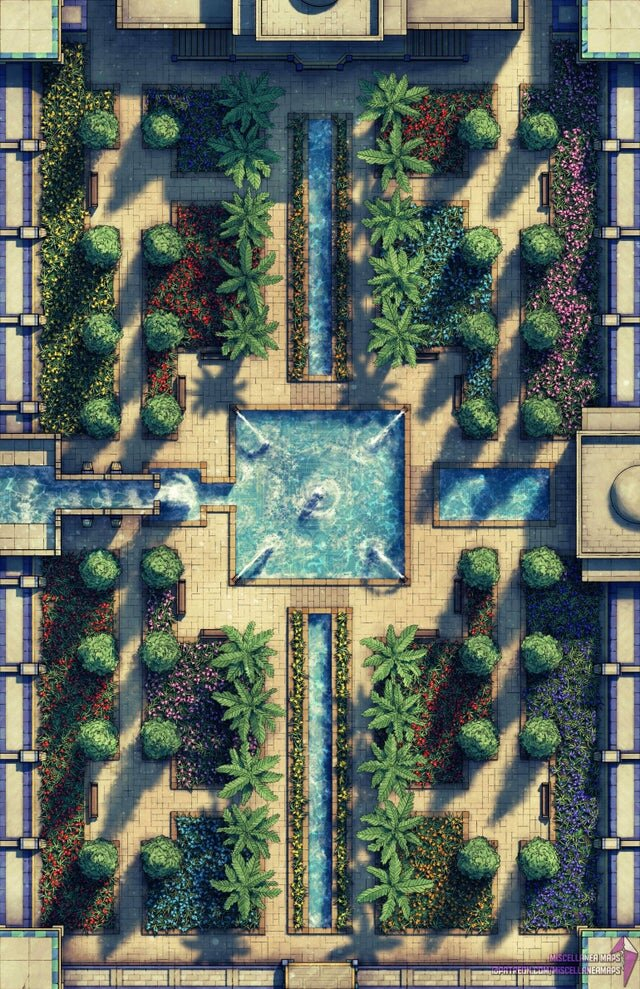Gardens of Persia
The best of Persian architecture and design may be found in its gardens. In a primarily desert region, when the summers were scorching and the winters were freezing, these lovely and complex gardens were created to offer solace from the harsh weather. The oldest and maybe most magnificent example of a Persian garden can be seen in Pasargadae, the initial capital of the Achaemenid Empire. David Stronach, a specialist in the study of ancient and medieval Iran and Iraq, unearthed the gardens at Pasargadae.
Gardens of Persia were locations for social meetings and leisure time for the Persians and were bordered by exotic plants, orchids, and water channels. Stone-lined streams in rectangular patterns could be seen inside the gardens, and mud-brick walls protected the entire area. The term "paradise" is derived from the ancient Persian phrase "a wall around," which suggests that it was once used to designate a closed-off area. The gardens were undoubtedly a paradise and an oasis in their day. Following the Islamic conquests, these gardens' design ideas were combined with Islamic architecture to produce traditional Islamic gardens. However, due to their fragility, mud-brick gardens require a lot of upkeep, and as a result, very few gardens have endured.











